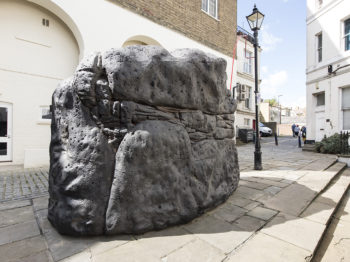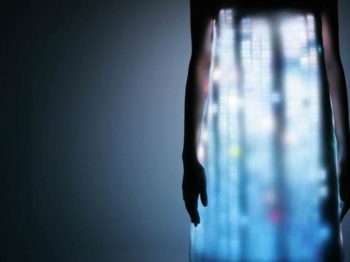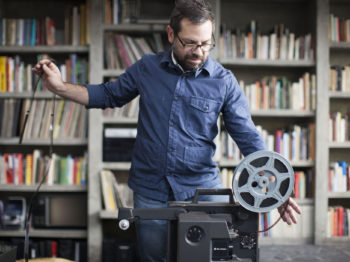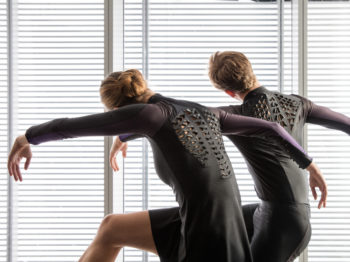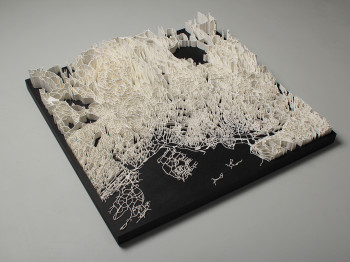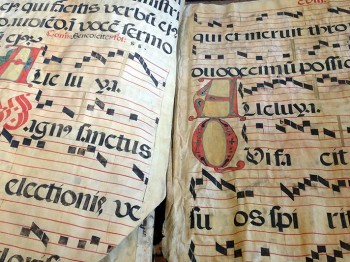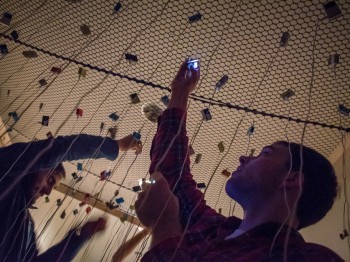
The Andrew W. Mellon Foundation approves $1 Million grant to MIT to support the further integration of CAST into the research culture of the Institute
Third Mellon grant brings the Mellon Foundation’s total support for CAST to $4,000,000 through 2024 “CAST was established in 2012 with a grant from the Andrew W. Mellon Foundation,” said Faculty Director Evan Ziporyn and Executive Director Leila Kinney,” and … Continued

